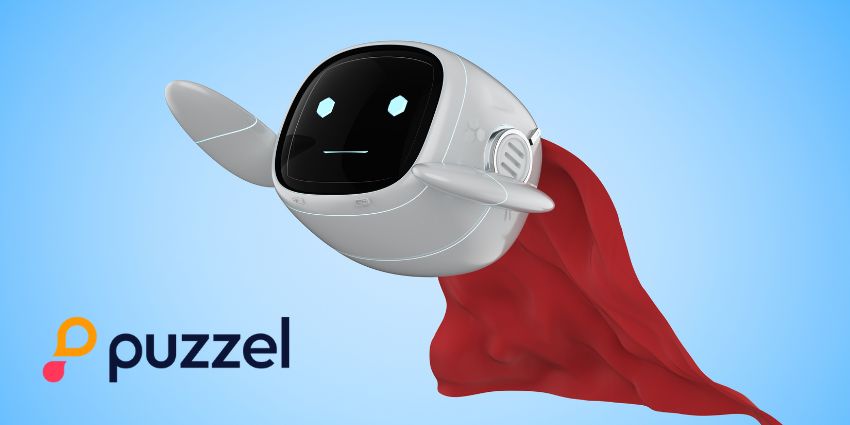Twilio CEO Khozema Shipchandler has outlined the company’s vision to “become the customer experience layer of the internet.”
In an interview with The Motley Fool, Shipchandler explained that, moving forward, he expects the CX layer to become a standard aspect of the communications tech stack.
But what exactly is the CX layer? The Twilio man explained how most organizations already rely on cloud-based communications platforms to connect with customers and manage vast amounts of consumer data in dedicated warehouses. All the while, contact centers are increasingly adopting AI to maximize the potential of that data.
However, for Shipchandler, all these elements only become truly valuable when orchestrated into meaningful, personalized engagements.
That is where the CX layer comes in.
It acts as the connective tissue between communications, contextual data, and AI, ensuring that every customer interaction, whether via text, voice, or email, is informed, relevant, and loyalty-building.
In Shipchandler’s view, this layer will become indispensable because “every single customer interaction requires a communications event in some way.” He continued:
Increasingly, to be relevant in this new world, you’re going to have to use contextual data in which it’s evident that you know the details of your consumers, so that you can ultimately serve them better and create more loyalty. That’s the infrastructure and the platform that we’re building out.
For Shipchandler and Twilio, the CX layer will ensure that this contextual intelligence is seamlessly embedded into interactions, making them smarter, faster, and more personal.
Twilio’s CEO on Expansion Opportunities, Remote Working, & Microsoft Collaboration
Twilio is backing up this CX layer vision with big numbers. While the company currently generates around $5BN in annual revenue, Shipchandler believes Twilio can capture a sizeable portion of a $160BN total addressable market (TAM) by 2028.
He notes that while competitors tend to offer point solutions, Twilio’s platform-agnostic approach, global reach, and extensive developer ecosystem allow it to scale across industries, channels, and geographies.
According to Shipchandler, this ability to connect the dots between communications, data, and AI also underpins Twilio’s expanding network of strategic alliances.
At the company’s Signal Conference in May, Twilio announced a multi-year partnership with Microsoft to accelerate the adoption of conversational AI.
The joint effort will see the two firms co-developing new capabilities on Microsoft’s Azure AI platform, bringing enterprise-grade security and compliance alongside Twilio’s API-first model.
Yet, alongside the big market opportunities and partnerships, Shipchandler stressed the company’s focus on culture and talent.
Twilio has shifted away from a heavy reliance on share-based compensation, introducing more cash incentives in response to employee feedback about stability.
At the same time, it has fully embraced a remote-first operating model, a stance that sets it apart from many peers.
Shipchandler highlighted the benefits of this approach, noting that it allows Twilio to recruit from a broader, more diverse talent pool without forcing employees into traditional office hubs.
“If I’d insisted that they come to San Francisco, they wouldn’t be working here,” he remarked, referencing senior leaders based in Phoenix, Seattle, and New York.
I think it’s been a real advantage for us, and I’m really proud of the way in which we’ve embraced remote-first work.
By aligning its cultural practices with its technological ambitions, Twilio aims to create not only a durable business model but an environment where innovation can thrive.
As it pulls its Communications and Segment businesses closer together and builds that customer experience layer of the internet, hopefully, that innovation will become increasingly differentiated.
With solutions like Conversation Relay, that differentiation is starting to creep through, while the recent Gartner Magic Quadrant for CPaaS highlighted several other examples.







